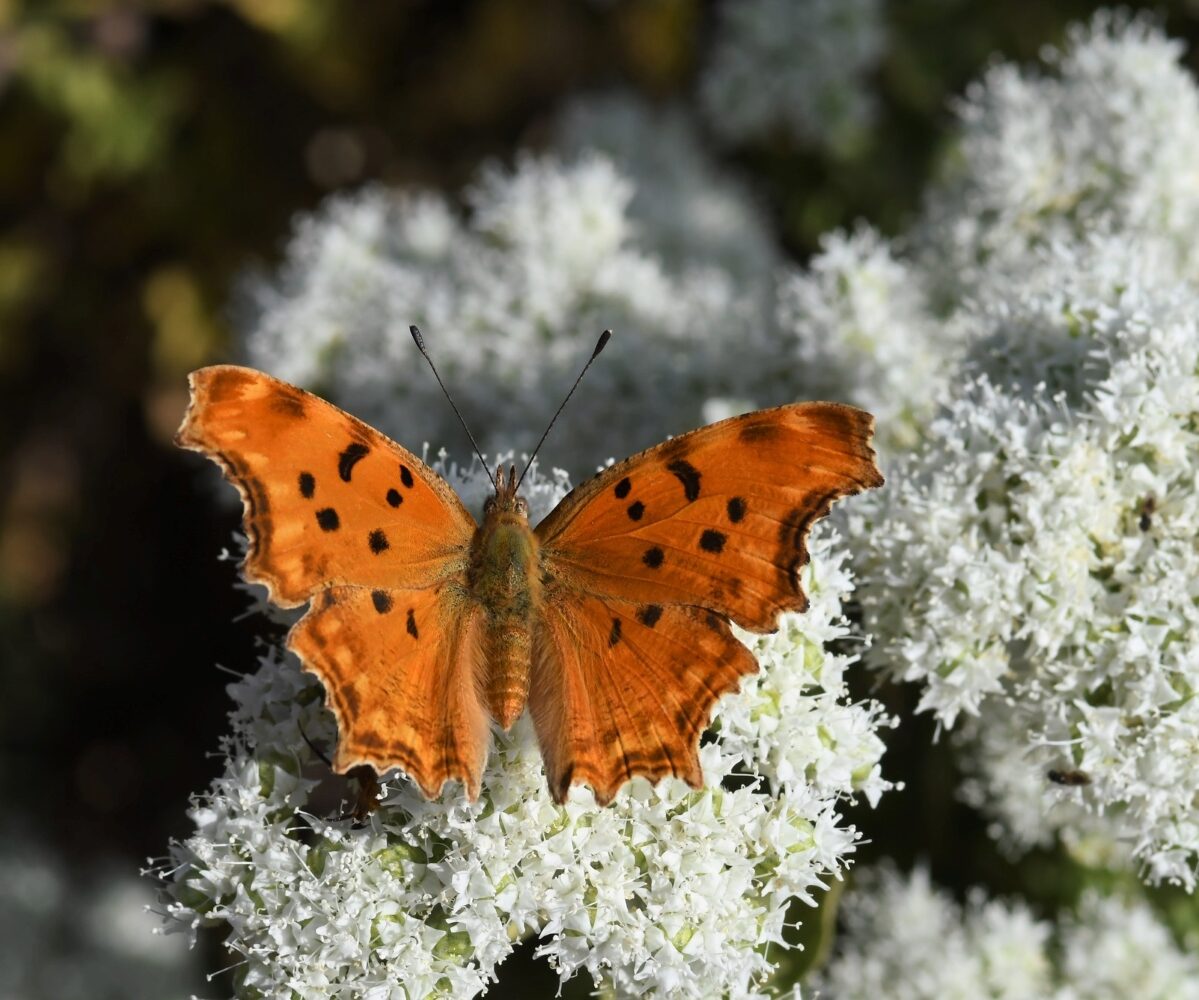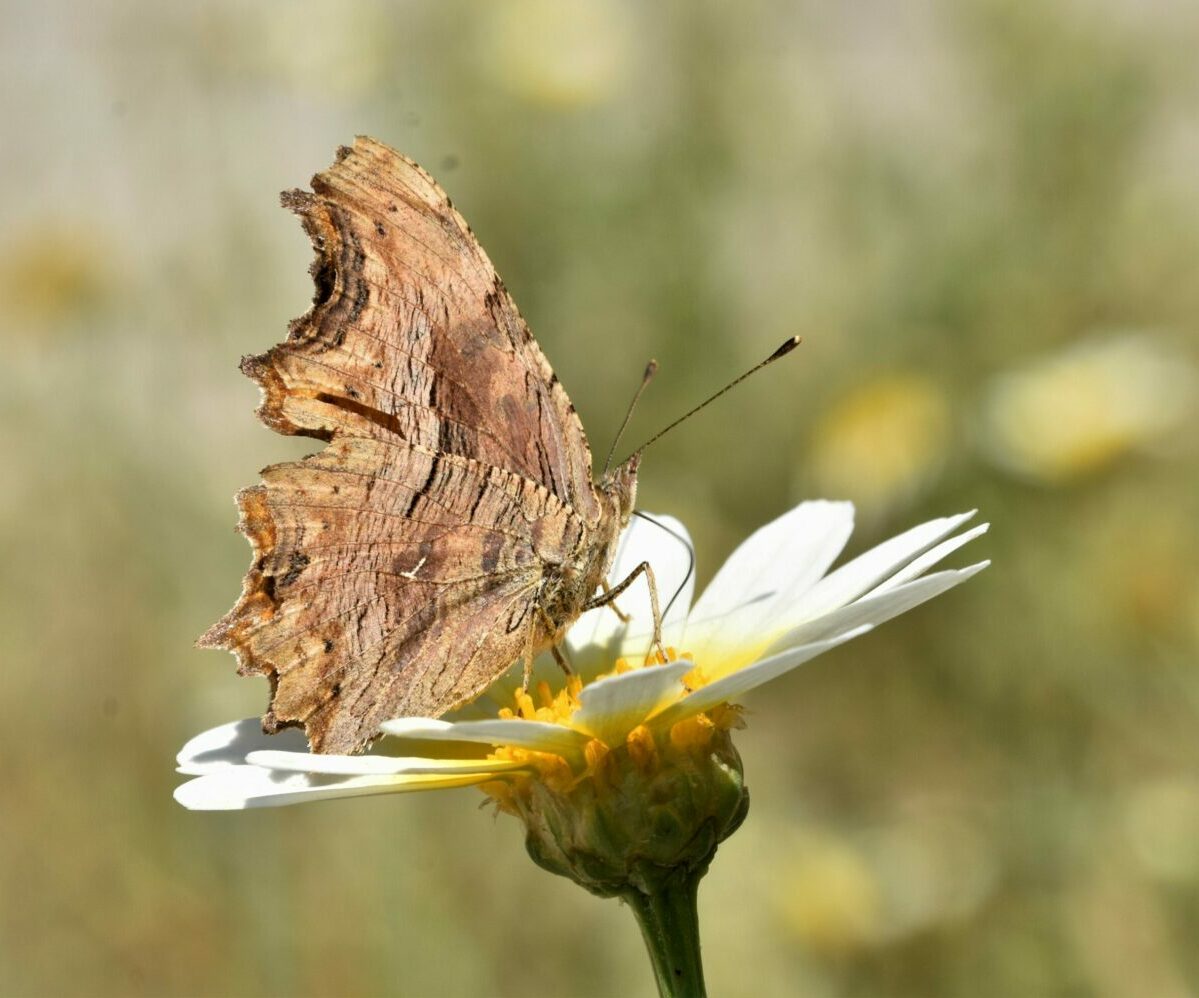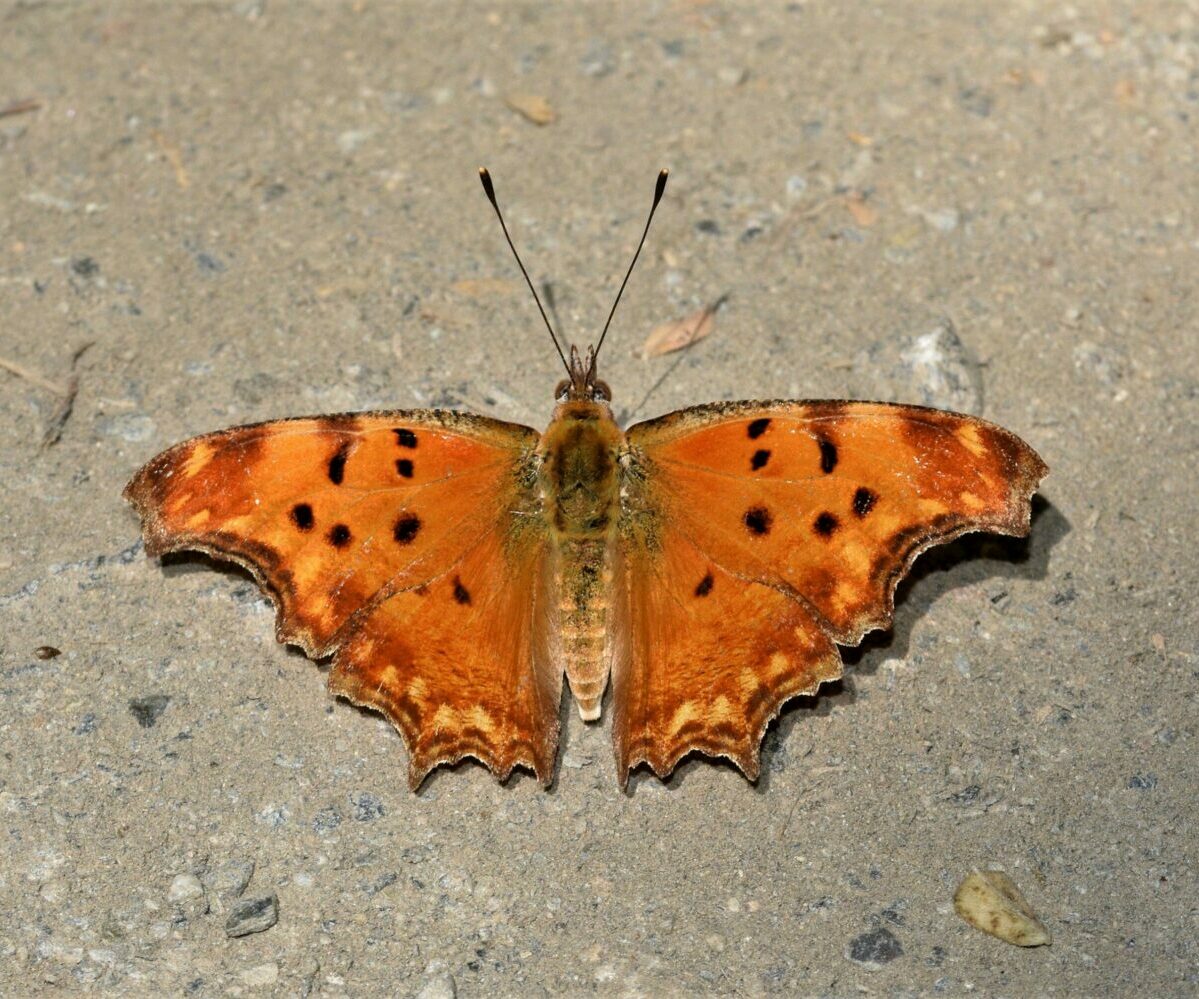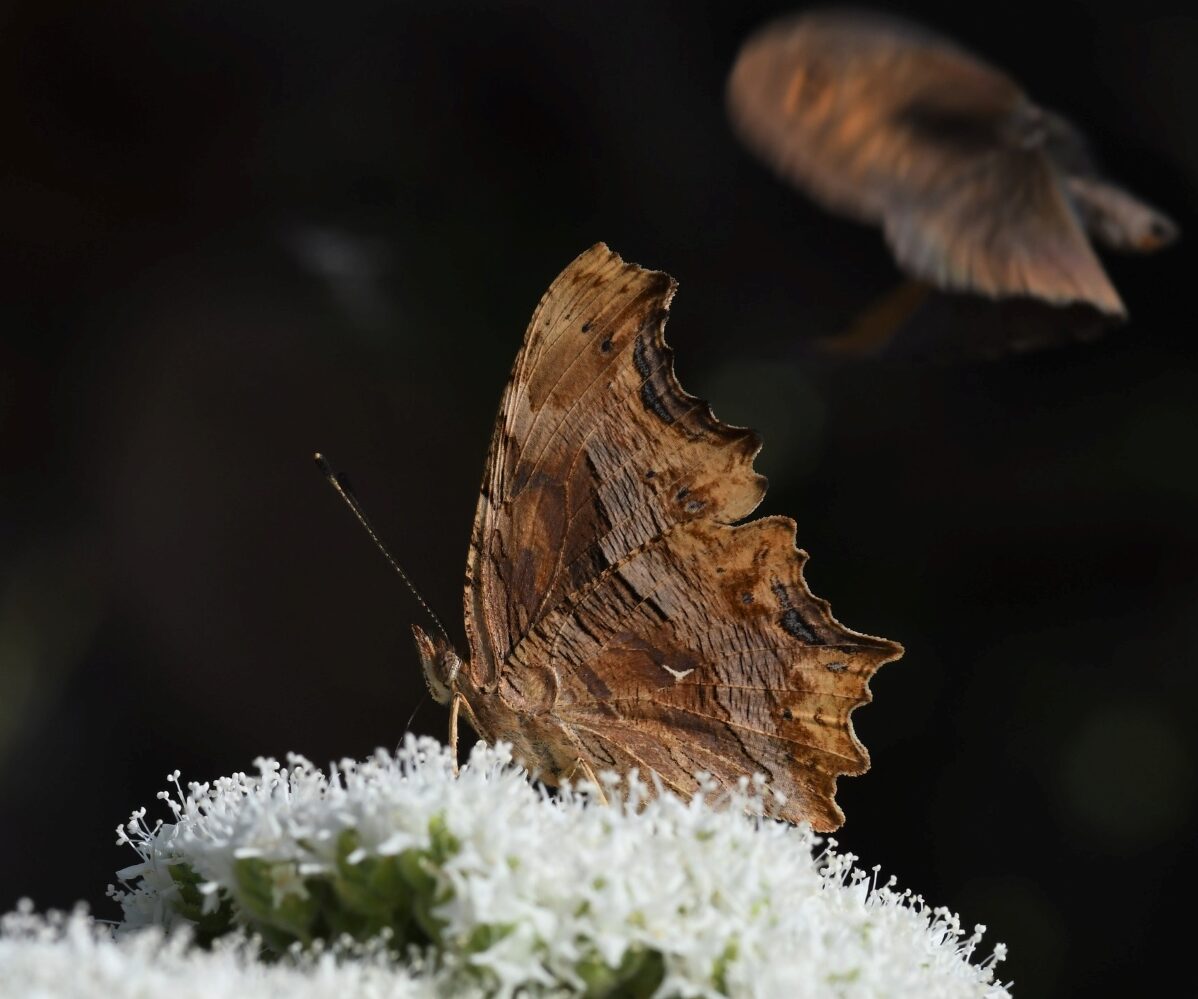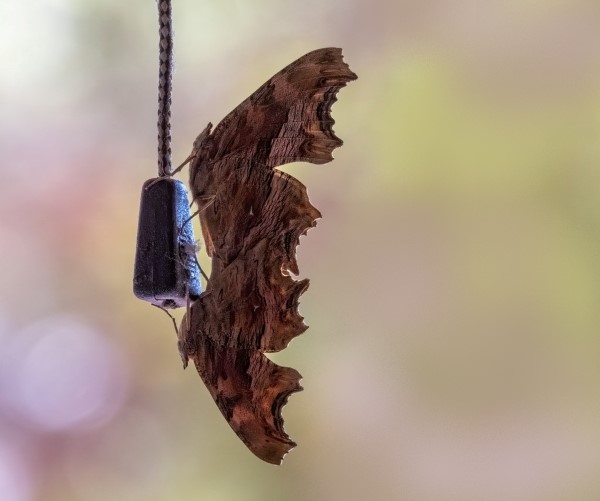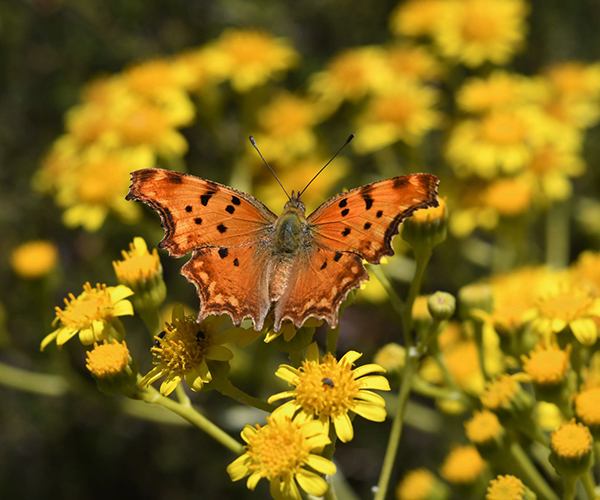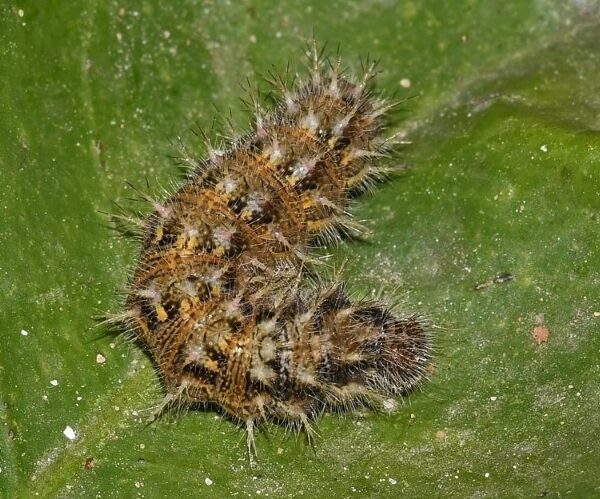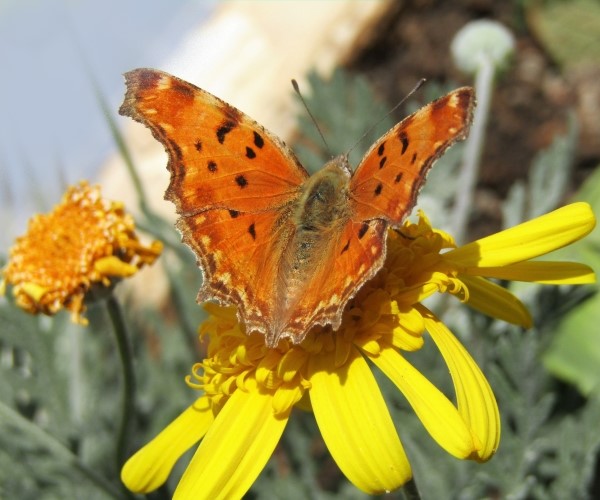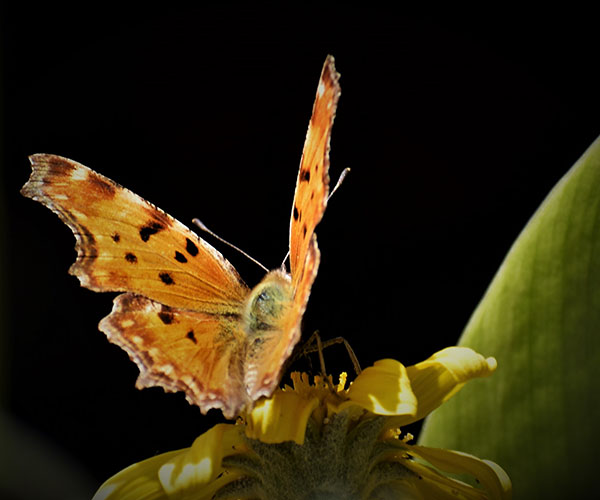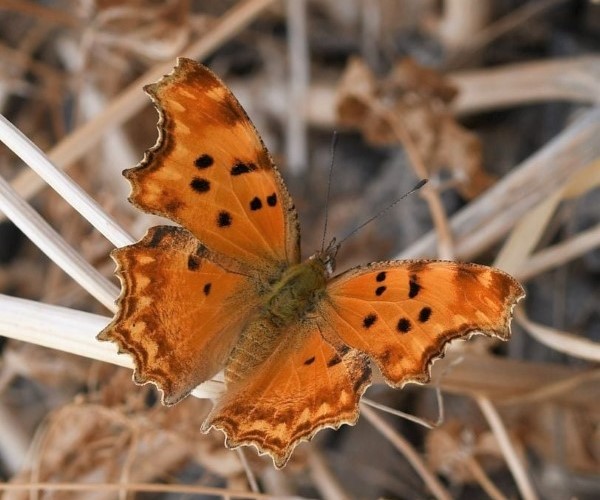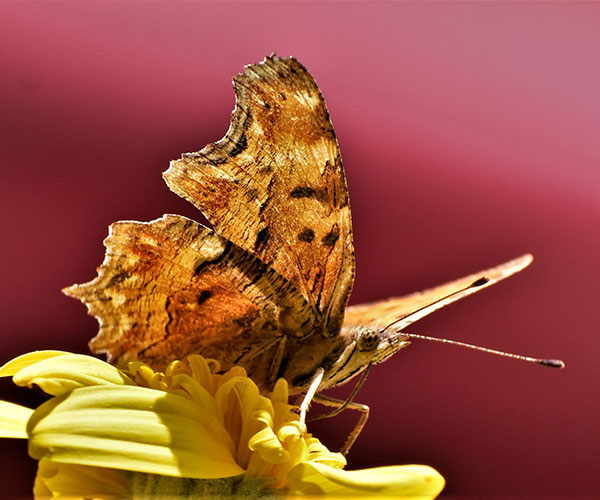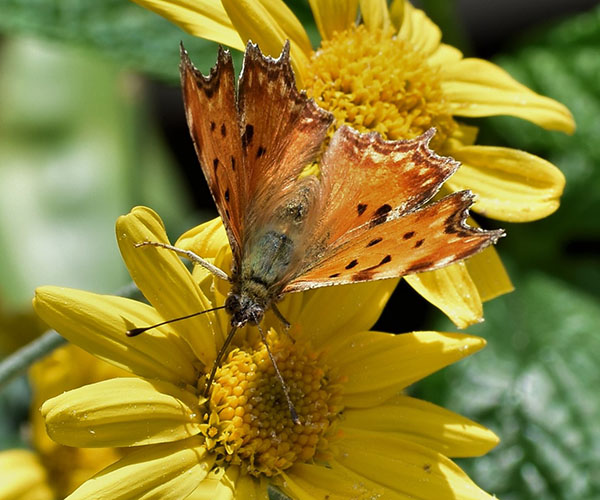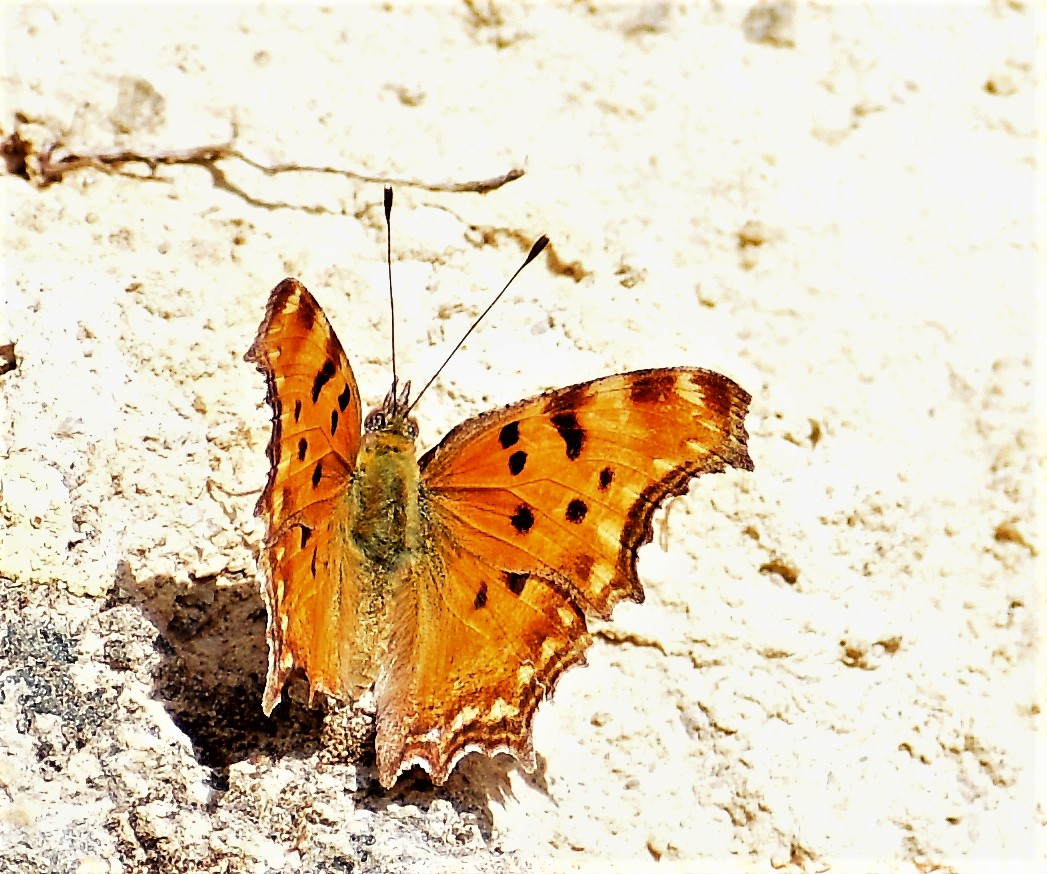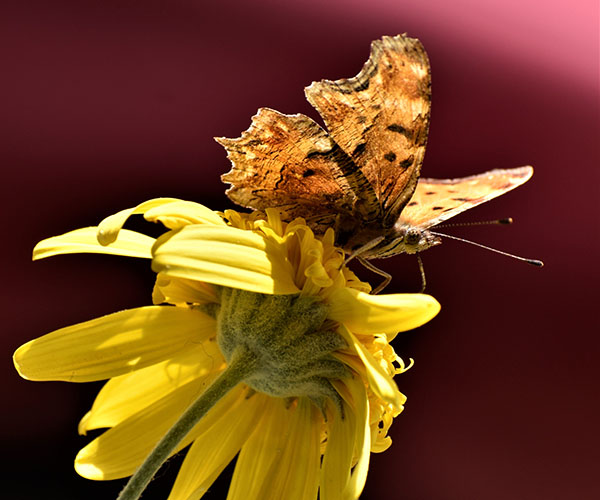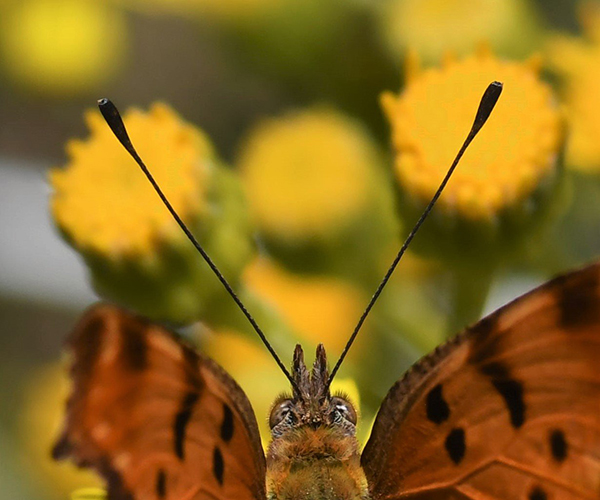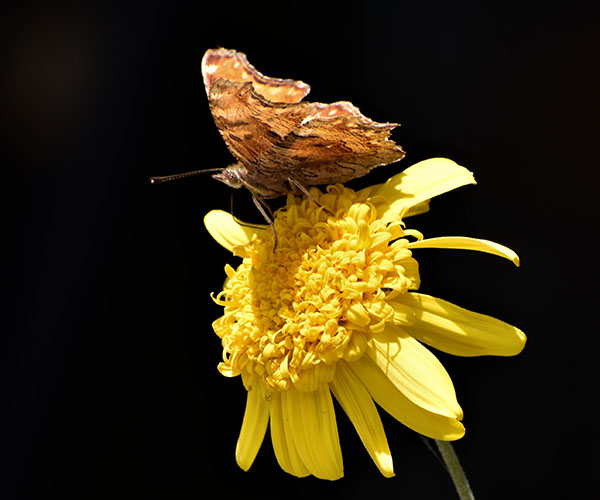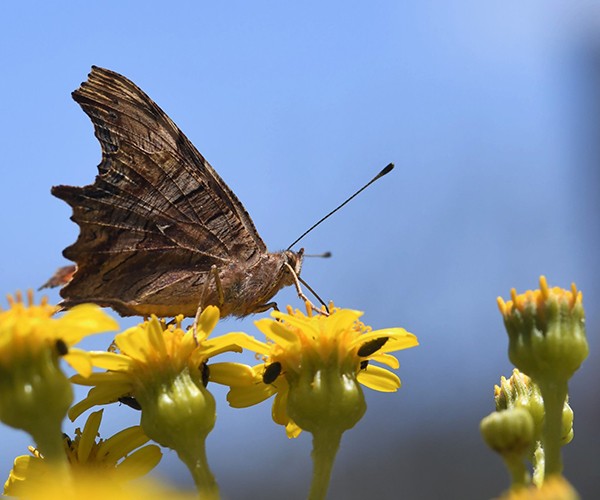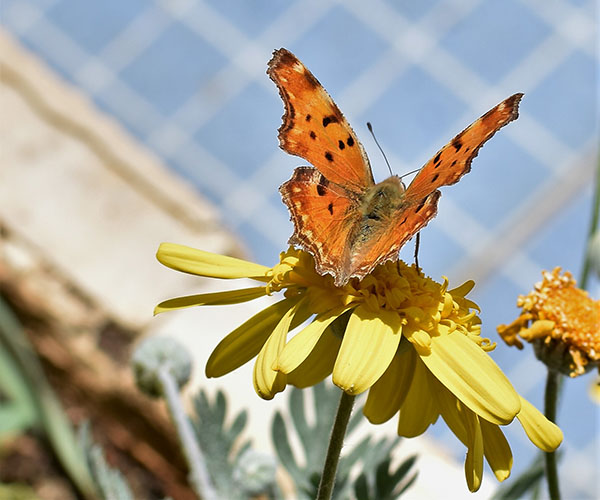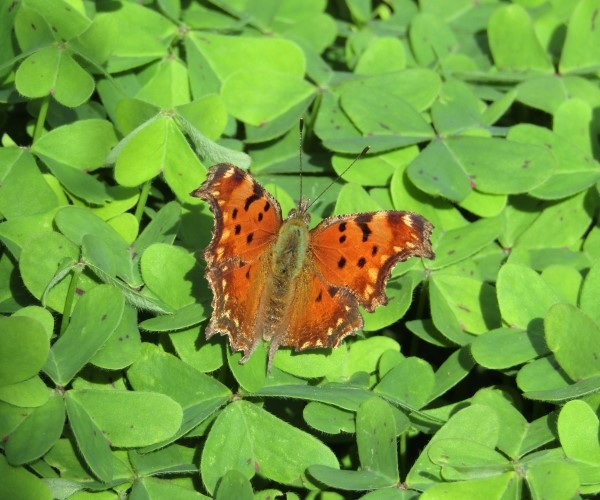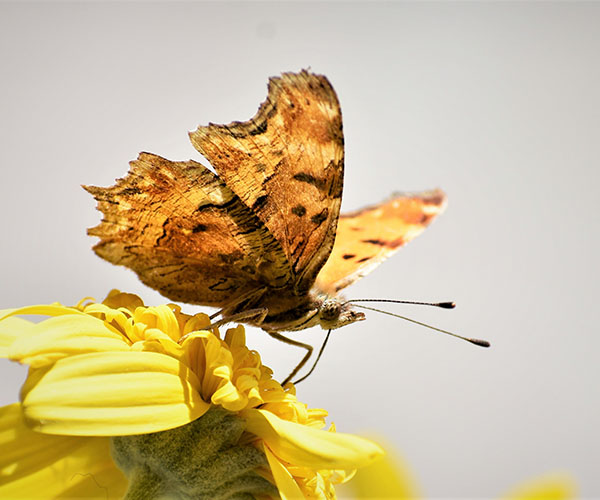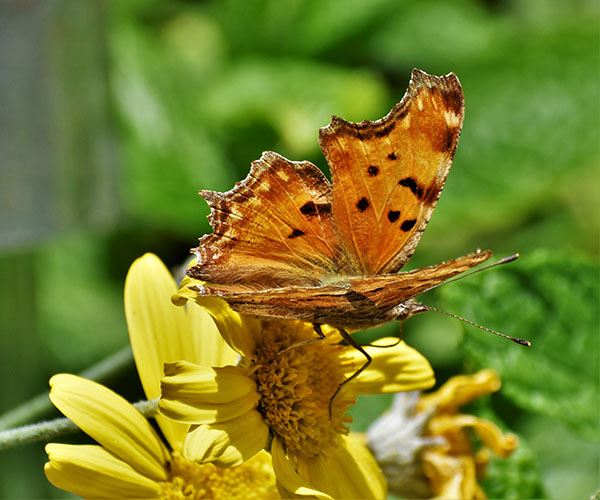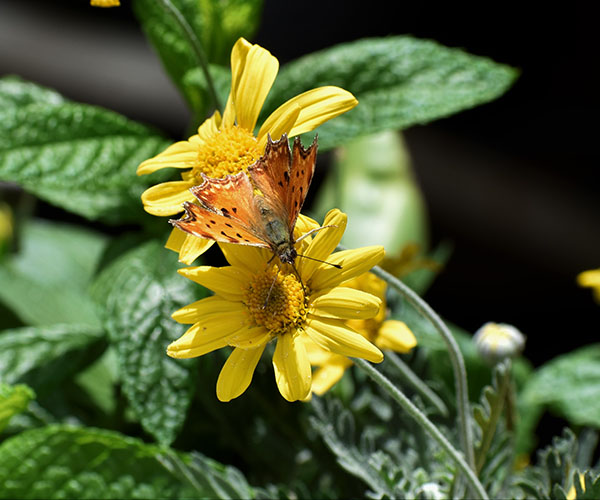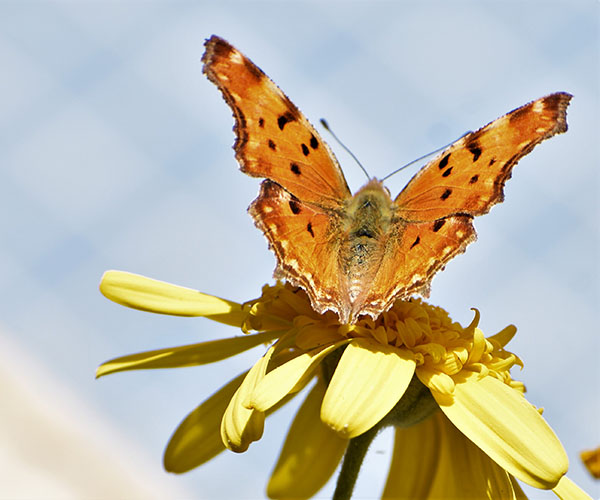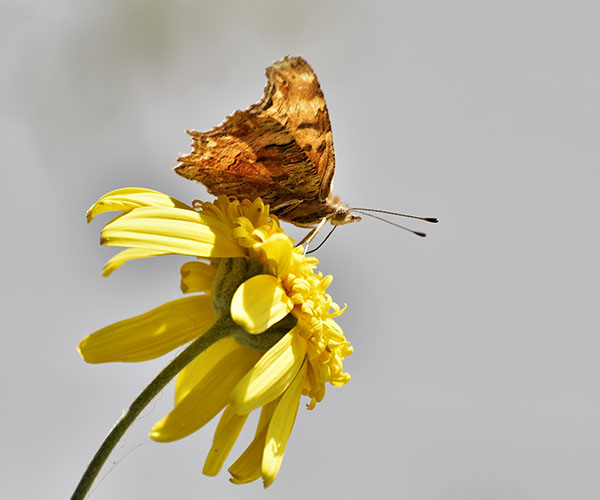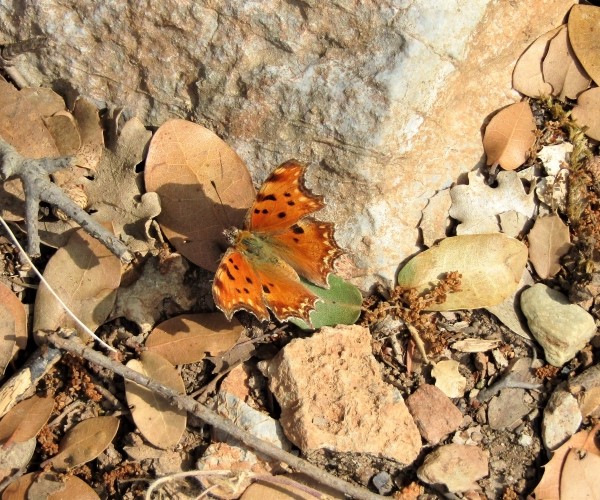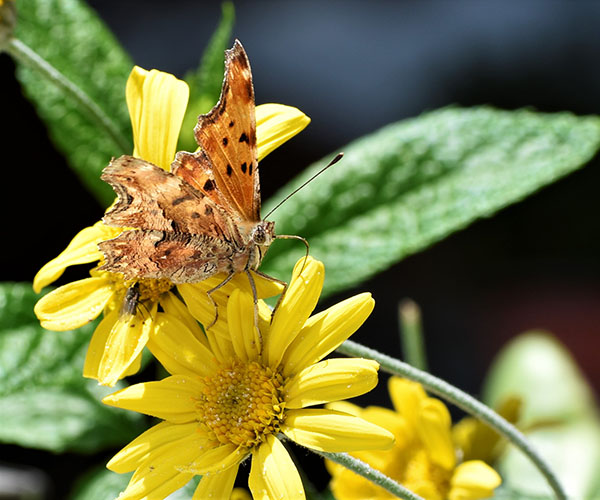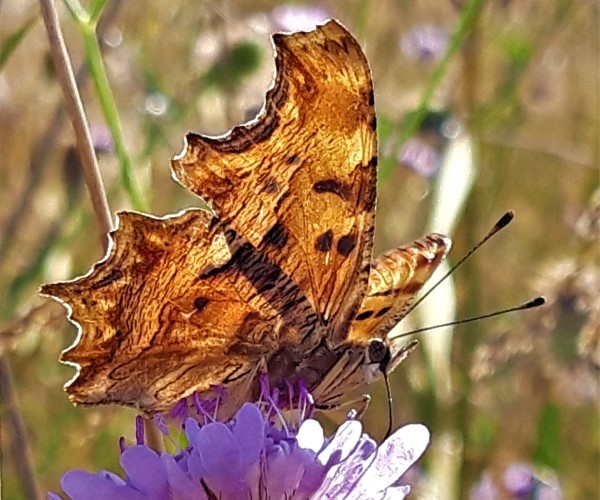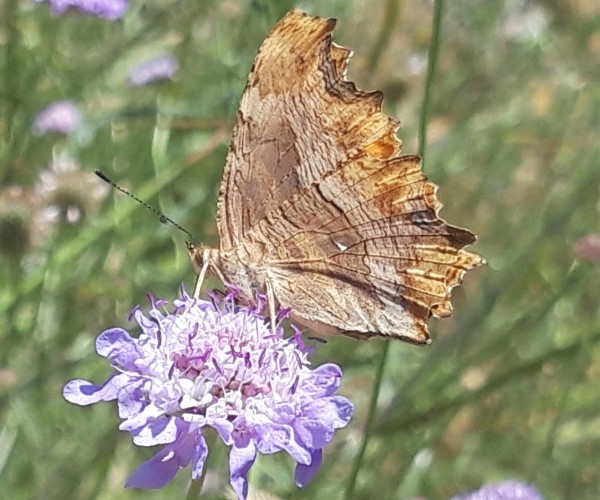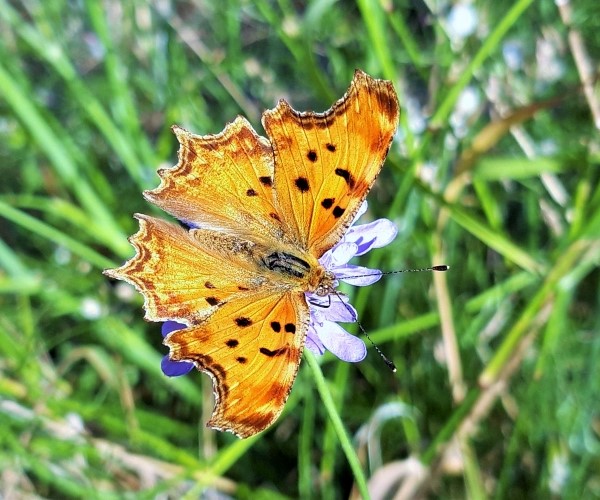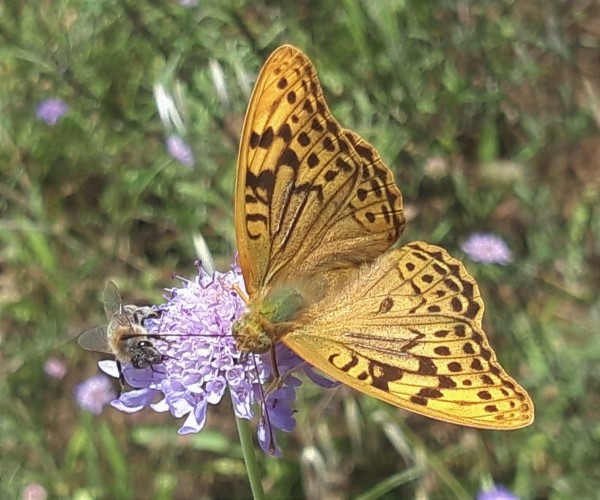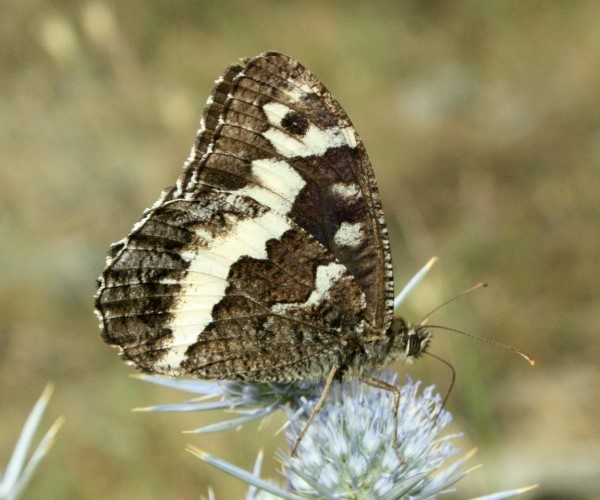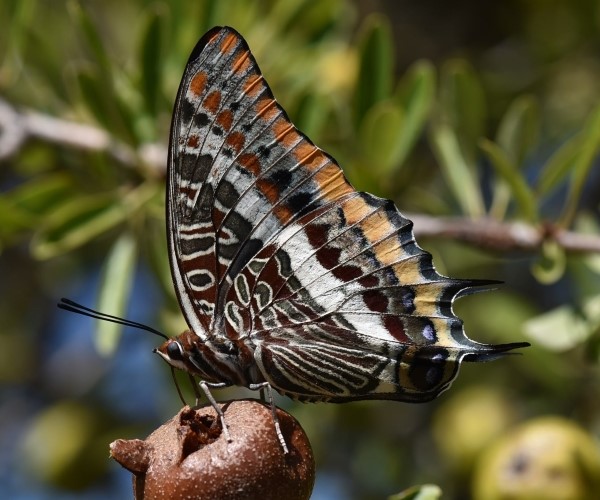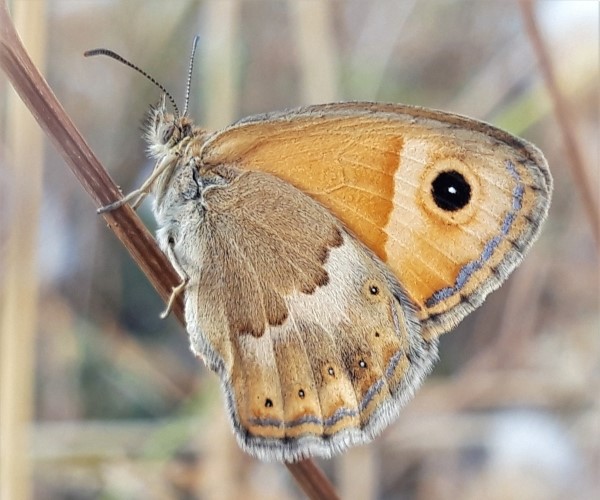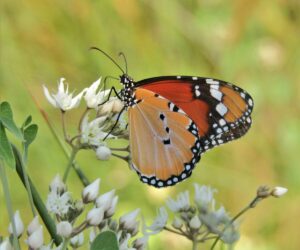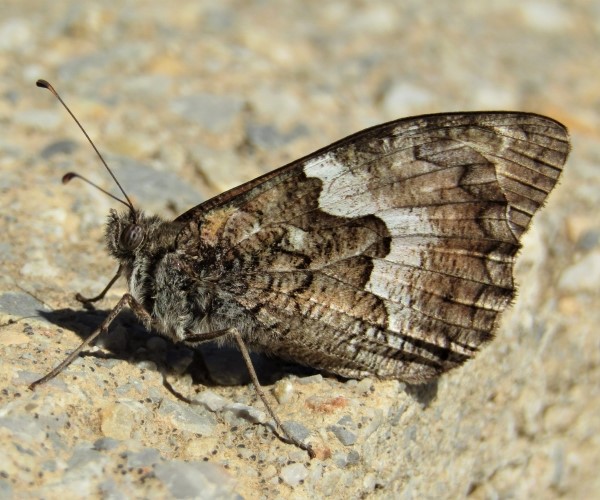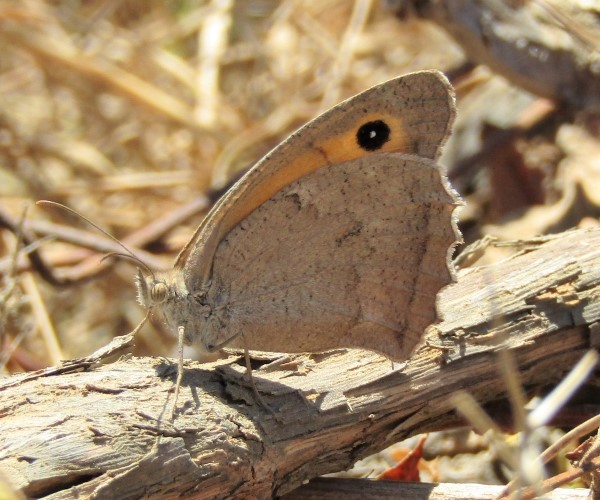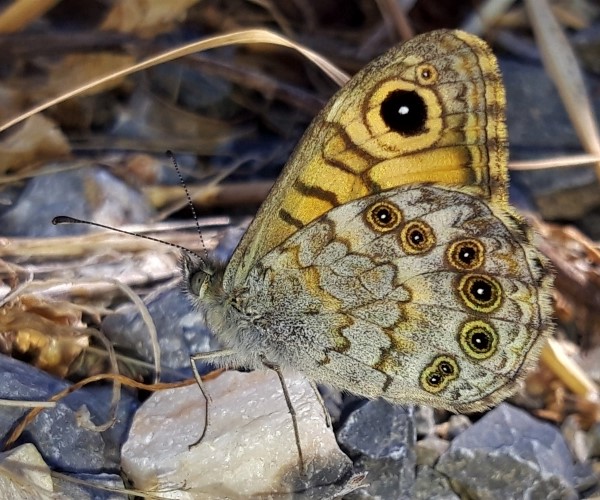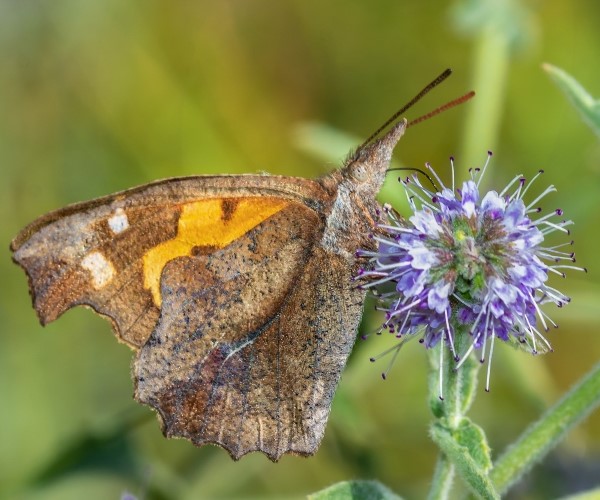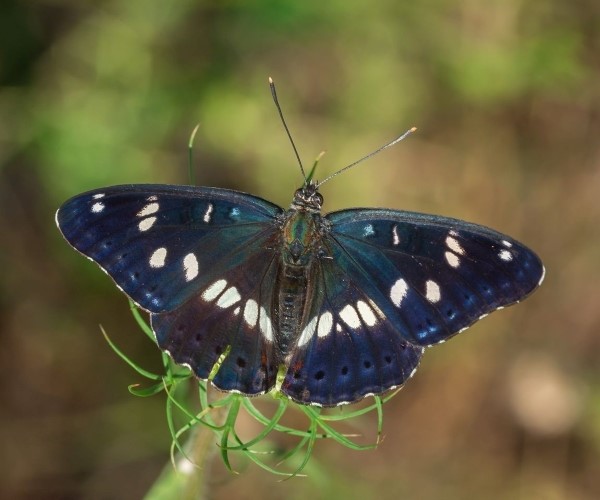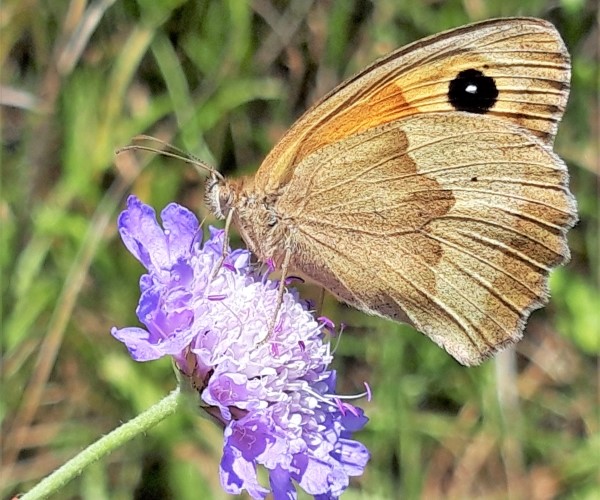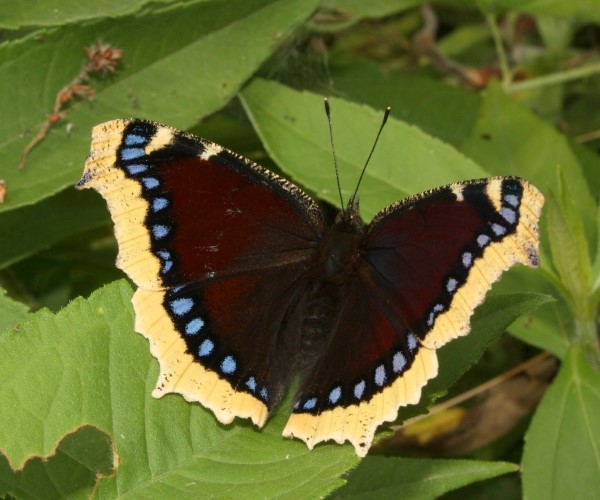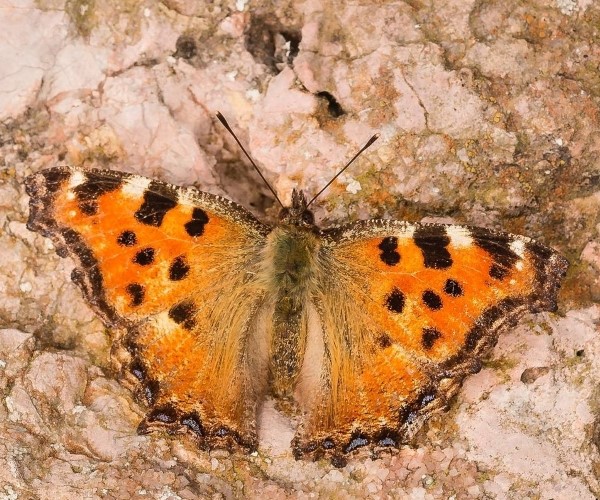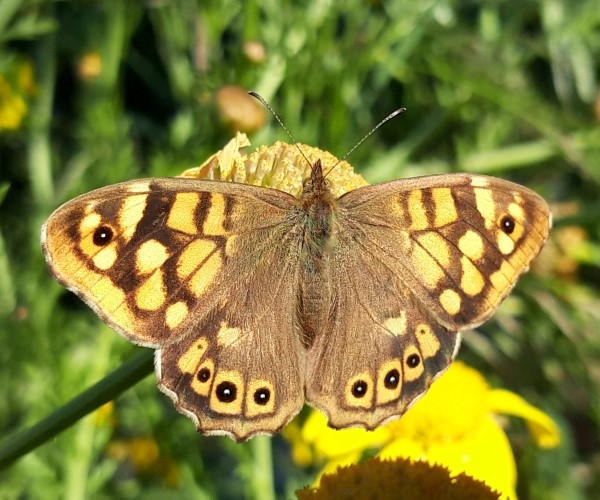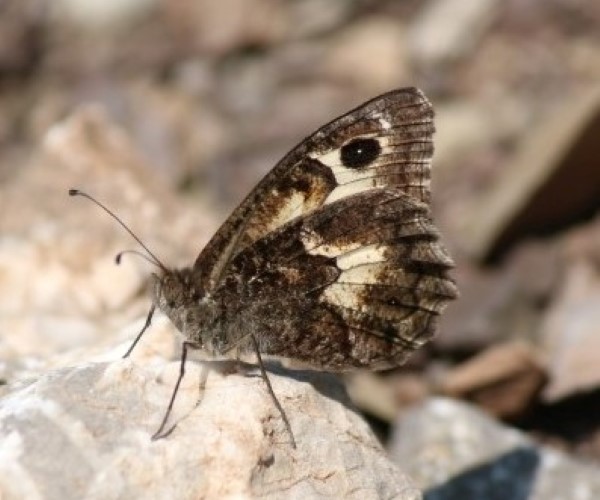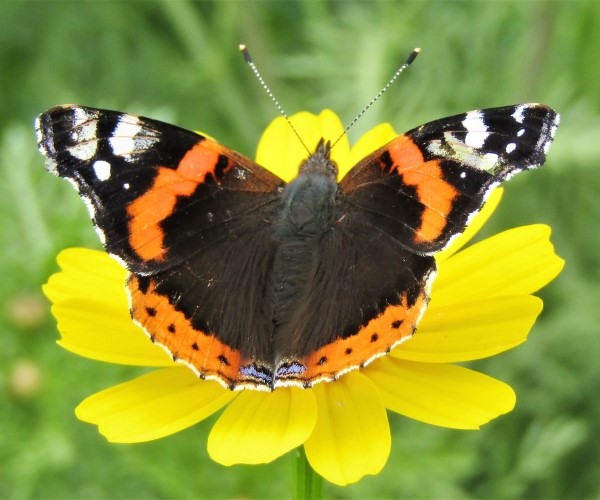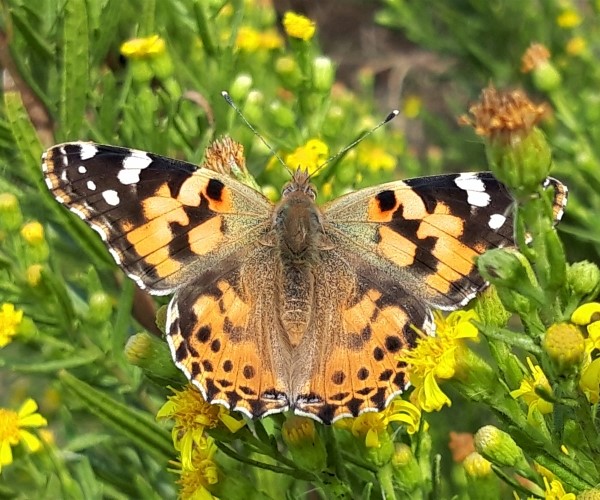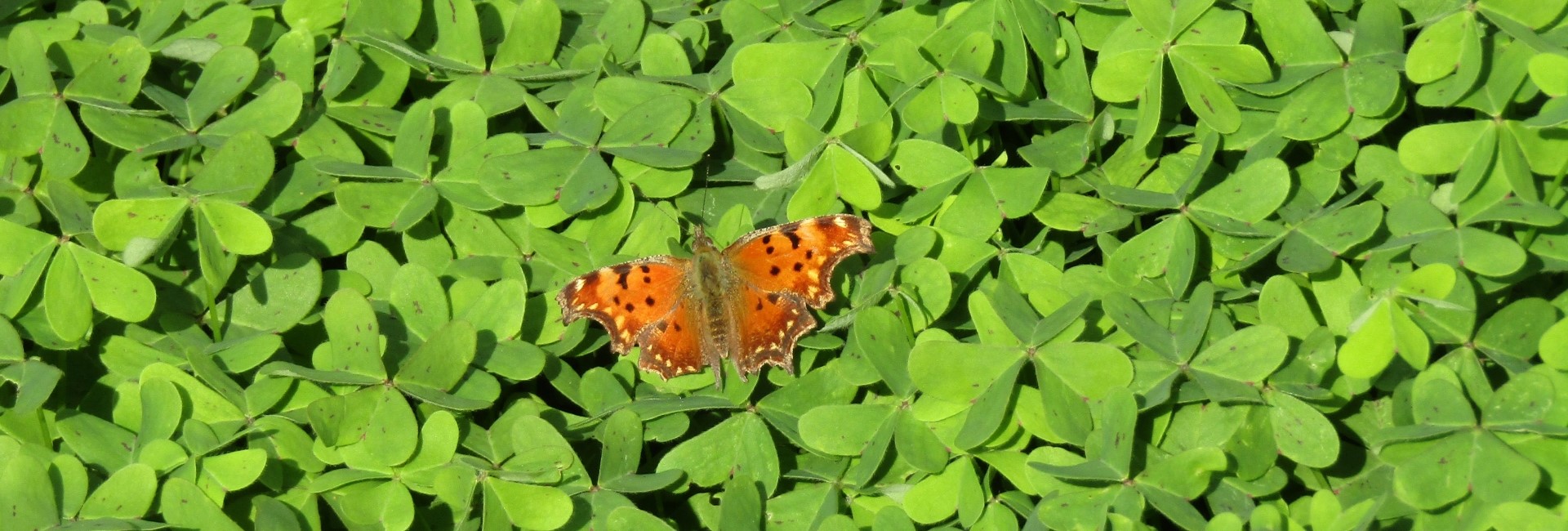
Polygonia egea, Crete - photo © K. Bormpoudaki
Polygonia egea
BUTTERFLY INFO
Polygonia egea is a butterfly of the family Nymphalidae on the island of Crete, Greece.
Scientific name
Polygonia egea (Cramer, 1775)
Common name
Southern Comma
Classification
Family: Nymphalidae > Subfamily: Nymphalinae > Tribus: Nymphalini > Genus: Polygonia
Wingspan
Male to female: 45-50 mm
Appearance
Both sexes are similar; they appear slight differences in the color shades. The wings are strongly dentate and narrow, and the underside is thinly marmorated and penciled.
On the forewing, the upperside is light-brown colored with small dark markings in the cell. The underside is also light brown with grey shades.
On the hindwing, both sides are similar to the forewing, but on the underside, there is an additional white mark resembling the letter “L" at the end of the cell.
Behavior
It has a characteristic quick flight and rests very often with open wings on the ground, on walls, etc. Males are territorial and adopt perching positions on walls, rocks, etc.
Habitat
Polygonia egea in Crete lives mainly in fields in lowlands, near the seaside, riverbanks, lakes, and rocky slopes.
Food plant
The larva feeds on Urticaceae plants.
Flight period
The butterflies fly in 2 generations per year.
| Jan | Feb | Mar | Apr | May | Jun | Jul | Aug | Sep | Oct | Nov | Dec |
Remarks
Polygonia egea has a unique appearance in Crete and can’t be confused with other butterflies on the island.
Status*
Least Concern (LC)
Polygonia egea Distribution Map

Polygonia egea location map based on greek butterflies distributions map by L.N. Pamperis (revised 2021)
